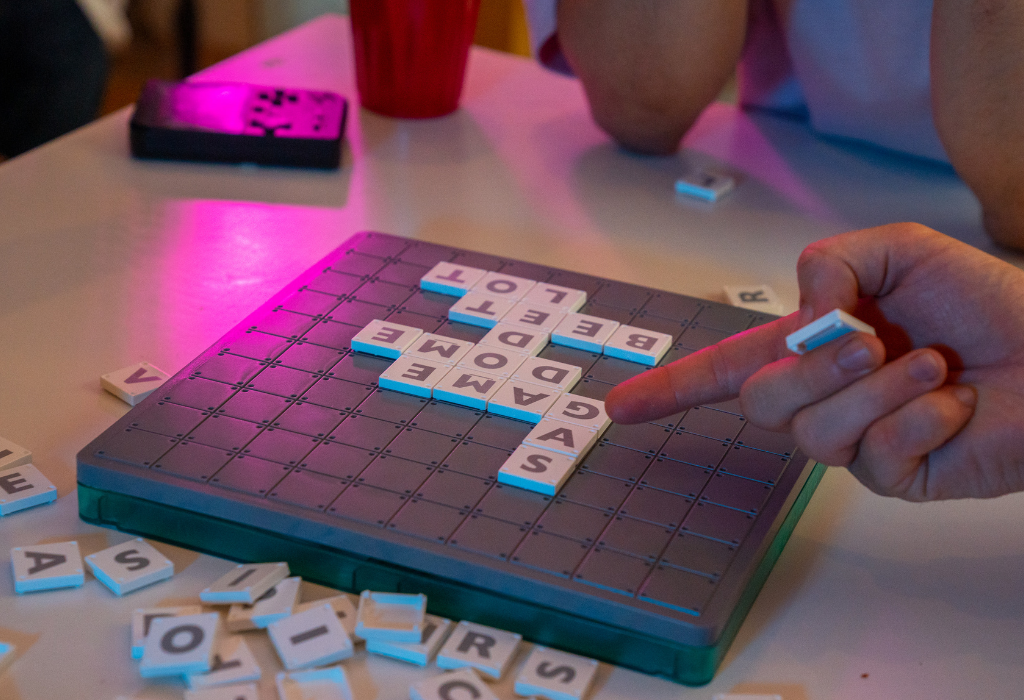The 20 Essential Phrases for Surviving in a Spanish-Speaking Country
If you’re going to travel to any Spanish-speaking country — Mexico, Colombia, Spain, Argentina, Peru, Venezuela... — there’s something you need besides your passport: essential Spanish phrases to survive (and connect).
Today you’ll learn 20 phrases that can save you from any tricky situation, along with the best connectors and transition words in Spanish to sound natural, fluent, and confident.

1. Greeting Is Not Optional
In Spanish-speaking countries, greeting is sacred. No interaction begins without a “hola,” “buenas,” or a friendly smile.
- Buenos días / Buenas tardes / Buenas noches – Careful not to use “buenos días” at night.
Buenas noches, aunque todavía parece de día.
(Good evening, although it still looks like daytime.) - ¿Qué tal? / ¿Cómo va todo? – Sound more relaxed and casual.
¿Qué tal? Por cierto, hace días que no sabía de ti.
(How’s it going? By the way, I hadn’t heard from you in days.) - Mucho gusto – Use it when meeting someone for the first time.
Mucho gusto, porque siempre es genial conocer gente nueva.
(Nice to meet you, because it’s always great to meet new people.) - ¡Qué gusto verte! – When you already know the person.
¡Qué gusto verte!, sobre todo después de una semana tan larga.
(So nice to see you, especially after such a long week.)
Connectors like “aunque,” “por cierto,” “porque,” and “sobre todo” help extend conversations naturally.
2. Phrases So You Don’t Get Lost (or Panic)
You’re walking down unfamiliar streets and suddenly... where’s the hotel?
- ¿Dónde está el baño? – Absolute priority.
¿Dónde está el baño?, porque llevo rato buscándolo.
(Where is the bathroom? Because I’ve been looking for it for a while.) - Estoy perdido / perdida – Say it without fear.
Estoy perdido, pero creo que ya casi llego.
(I’m lost, but I think I’m almost there.) - ¿A qué distancia queda...? – Great for asking about museums, beaches, or bus stops.
¿A qué distancia queda el museo, y cuánto se tarda caminando?
(How far is the museum, and how long does it take to walk there?) - ¿Puedes hablar más despacio? – A question that can save you.
¿Puedes hablar más despacio?, porque aún estoy aprendiendo.
(Can you speak more slowly? Because I’m still learning.)
Transition words like “porque,” “pero,” and “y” are key to expressing ideas better.
3. On the Move: Getting Around Without Confusion
Public transport can be a maze if you don’t speak the language. These phrases will guide you:
- ¿Este bus va al centro?
¿Este bus va al centro, o toma una ruta diferente?
(Does this bus go downtown, or does it take a different route?) - ¿Dónde puedo tomar un taxi?
¿Dónde puedo tomar un taxi, o hay alguna aplicación para pedir uno?
(Where can I catch a taxi, or is there an app to request one?) - ¿Cuánto cuesta el boleto?
¿Cuánto cuesta el boleto, y si pago en efectivo?
(How much is the ticket, and if I pay in cash?) - ¿Puede dejarme aquí, por favor?
¿Puede dejarme aquí, por favor, o un poco más adelante si es posible?
(Can you drop me off here, please, or a bit further if possible?)
Tip: Use simple connectors like “or,” “and” – easy to remember, extremely helpful.
4. Eat, Order, and Enjoy Like a Local
Spanish-speaking countries have incredible food. Don’t miss the experience just because you don’t know how to order.
- Una mesa para dos, por favor.
Una mesa para dos, por favor, y si es posible, en la terraza.
(A table for two, please, and if possible, on the terrace.) - ¿Qué me recomienda?
¿Qué me recomienda, considerando que no como carne?
(What do you recommend, considering I don’t eat meat?) - Sin picante, por favor.
Sin picante, por favor, porque tengo el estómago sensible.
(No spicy food, please, because I have a sensitive stomach.) - ¿Aceptan tarjeta?
¿Aceptan tarjeta, aunque sea internacional?
(Do you accept cards, even if it’s an international one?)
Visual Tip: Imagine a flavorful local dish – transition words like “aunque,” “porque,” “considerando que,” and “y si es posible” are the seasoning that makes your Spanish sound authentic.
5. Emergencies: When the Unexpected Happens
Hopefully you won’t need these, but if something happens, these phrases will help:
- Necesito un médico.
Necesito un médico, o al menos una farmacia cercana.
(I need a doctor, or at least a nearby pharmacy.) - Me siento mal.
Me siento mal, y además tengo fiebre.
(I’m not feeling well, and I also have a fever.) - Soy alérgico a...
Soy alérgico a los frutos secos, y necesito evitar cualquier contacto.
(I’m allergic to nuts, and I need to avoid any contact.) - No puedo encontrar mi pasaporte.
No puedo encontrar mi pasaporte, aunque estaba en mi mochila.
(I can’t find my passport, although it was in my backpack.)

Spanish Connectors: Your Secret Trick to Sound Natural
If you want to speak this language well, you need to use Spanish connectors. These little words glue your ideas together and make your Spanish flow.
Here are the most common ones:
- Entonces – To move the story forward.
Perdí el tren, entonces tomé un taxi.
(I missed the train, so I took a taxi.) - Sin embargo – To contrast ideas.
Hace calor, sin embargo traje una chaqueta.
(It’s hot, however I brought a jacket.) - Además – To add more information.
Comí paella y, además, probé la sangría.
(I ate paella and, in addition, I tried sangría.) - Aunque – To soften or show contrast.
Salí a caminar, aunque estaba lloviznando.
(I went for a walk, although it was drizzling.) - Por eso – To explain a cause or reason.
Estaba cansado, por eso me fui temprano.
(I was tired, that’s why I left early.) - Porque – To give reasons.
No fui al cine porque estaba lloviendo.
(I didn’t go to the movies because it was raining.) - Ya que – More formal than “porque,” but very useful.
No llegué a tiempo ya que el tráfico era terrible.
(I didn’t arrive on time since the traffic was terrible.) - De hecho – To emphasize something.
Me encanta la comida mexicana. De hecho, la como cada semana.
(I love Mexican food. In fact, I eat it every week.) - Así que – Common to explain consequences.
No estudié, así que reprobé el examen.
(I didn’t study, so I failed the test.) - Por cierto – To casually introduce something new.
¿Qué tal el viaje? Por cierto, ¿viste a María allá?
(How was the trip? By the way, did you see María there?) - En cambio – To show a clear difference.
A mí me gusta el frío. En cambio, a ella le encanta el verano.
(I like the cold. On the other hand, she loves summer.)
Connectors are the glue that binds your phrases. With them, you can expand your ideas and sound like someone who lives the language.
Transition Words and Connectors in Spanish
Transition words help your speech sound fluid, natural, and connected. Among them, connectors directly link ideas or sentences (like pero, aunque, además, or porque).
However, transitions go further. They also include:
- Time markers (primero, luego / first, then)
- Introductory phrases (por cierto, en resumen / by the way, in summary)
- Emphasis markers (de hecho, sobre todo / in fact, especially)
Think of telling a story — these words are the rhythm, the script, and the pauses that give it meaning.
These 20 phrases aren’t just survival tools — they’re keys. Keys that open doors to new cultures, friendships, flavors, and memories. If you combine them with Spanish connectors and transition words, your trip won’t just be about a destination: it will be about a real connection with the Spanish-speaking world.
Don’t worry if you make mistakes, mix accents, or forget a word. What matters is trying, speaking, connecting, living the language. WorldsAcross is here to help you make it happen.


